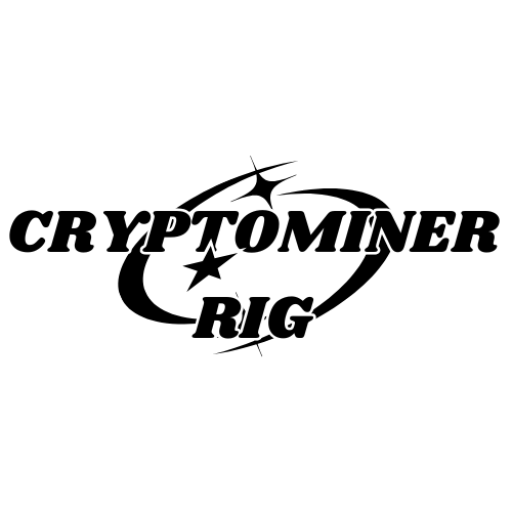How to Mine Bitcoin in 2025: A Beginner’s Guide
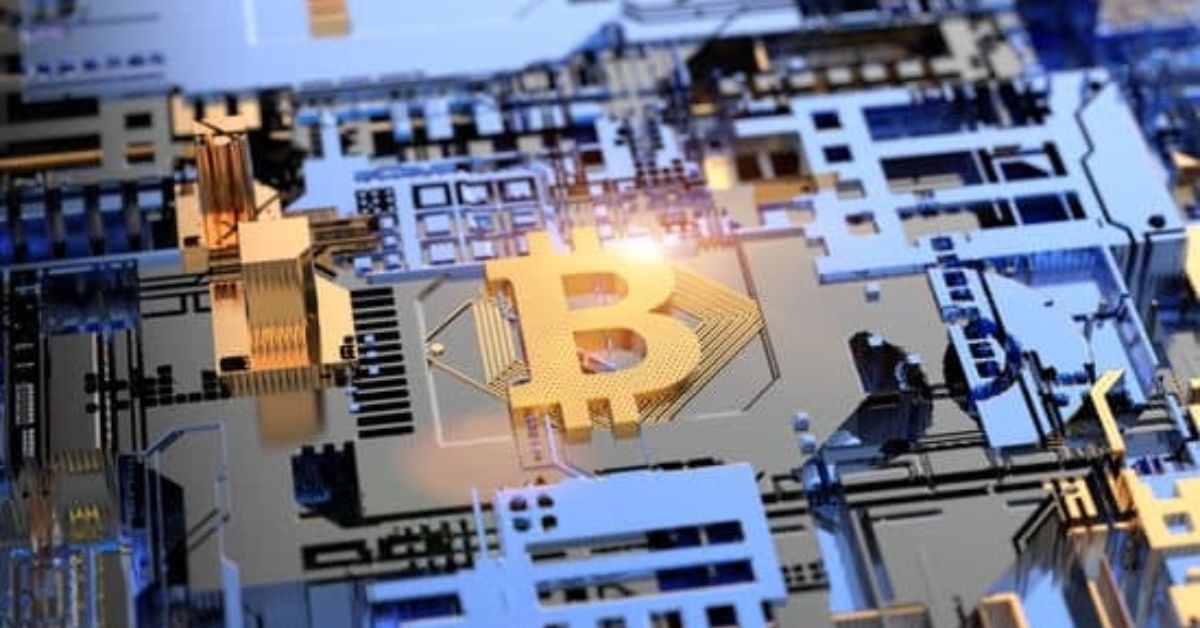
Remember when you could mine Bitcoin on a laptop while you slept? Those days are long gone. Today's mining landscape is a high-stakes arena dominated by sophisticated hardware and industrial operations. But don't let that intimidate you. The door is still open for newcomers who are smart about their approach.
If you're looking to understand how to get a piece of the Bitcoin action in 2025, you've come to the right spot. We'll walk through everything—from setting up a modest home rig to understanding the complex ecosystem of professional mining. By the end, you'll have a clear roadmap for your own digital gold rush.
What Has Changed in Bitcoin Mining by 2025?
Before you spend a dime on hardware, it's crucial to grasp the current playing field. The rules of the game have changed dramatically.
The Efficiency Arms Race: Using old hardware is a surefire way to lose money. Modern ASIC miners are engineering marvels, achieving hash rates that were pure fantasy just a few years ago.
Cooling is King: As machines get more powerful, they generate incredible heat. Advanced liquid and immersion cooling systems are no longer a luxury for the biggest farms; they're a necessity for maintaining performance and longevity.
Your Profit is Your Power Bill: The single biggest factor in your success or failure is the cost of electricity. Mining in a region with high power rates is a financial dead end. Location is everything.
The Age of the Pool: The dream of solo mining a block from your garage is virtually extinct. To see consistent, predictable returns, joining a mining pool is the only practical path for most.
Step 1: Your Digital Vault – Choosing a Bitcoin Wallet
You wouldn't dig for gold without a safe place to put it, right? The same logic applies here. Your first step is securing a Bitcoin wallet. The best choice for you depends on how you plan to mine.
For Most Miners (Using a Pool):
Your Best Bets: A software wallet like Electrum or Exodus, or for maximum security, a hardware wallet like a Ledger or Trezor.
The Reason: Since the mining pool handles the complex work of verifying transactions, you don't need the entire blockchain on your device. These wallets are fast, user-friendly, and in the case of hardware wallets, incredibly secure against online threats.
For the Solo Purist (A Truly Bold Endeavor):
Your Only Option: A full node wallet, like Bitcoin Core, that downloads the entire blockchain.
The Reason: If you're going it alone, you're acting as a full bank. This requires the complete history of every Bitcoin transaction—a massive download that demands significant storage space and bandwidth.
Step 2: Gearing Up – Picking Your Mining Hardware in 2025
Let's be blunt: trying to mine with anything less than a top-tier ASIC miner in 2025 is like trying to empty a lake with a teacup. It's just not feasible. Your machine is your pickaxe, and you need a professional-grade one.
Top 5 Bitcoin Mining Machines of 2025
1. Bitmain Antminer S21 XP
- Hash rate: 270Th/s
- Power consumption: 3645W
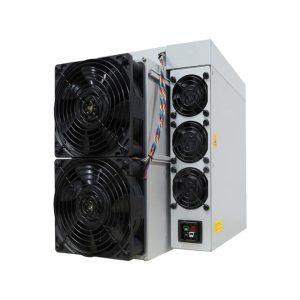
| Miner Hashrate | 270Th |
|---|---|
| Crypto Algorithm/Coins | SHA256 BTC/BCH/BSV |
| Power on wall @25℃(1-2), Watt(1-1) | 3645 |
| Power efficiency on wall@25℃(1-2),J/TH(1-1) | 13.5 |
| Input voltage range(2-1) , Volt | 220~277 |
| Power supply AC Input Frequency Range, Hz | 50~60 |
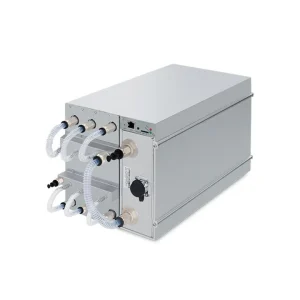
| Miner Hashrate | 257T/293T |
|---|---|
| Crypto algorithm/coins | SHA256 BTC/BCH/BSV |
| Typical hashrate, TH/s(1-1) | 257 |
| Power on wall @35°C(1-2), Watt(1-1) | 5346 |
| Power efficiency on wall @35°C(1-2), J/T(1-1) | 20.8 |
| Input voltage, Volt(2-1) | 380~415 |
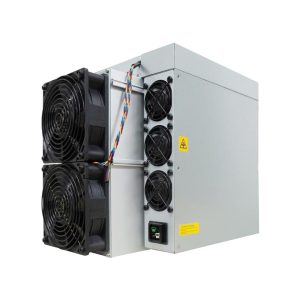
| Algorithm | Cryptocurrency | SHA256 BTC/BCH |
|---|---|
| Typical Hashrate, TH/s(1-1) | 234 |
| Power on wall @25°C(1-2), Watt(1-1) | 3510 |
| Power efficiency on wall @25°C(1-2), J/TH(1-1) | 15 |
| Power supply AC Input voltage, Volt(2-1) | 220~277V AC |
| Power supply AC Input Frequency Range, Hz | 50~60 |
| Power supply AC Input current, Amp(2-2) | 20 |
| Adapted AC output power requirement, W(2-3) | 4000 |
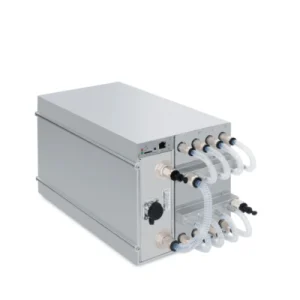
| Miner Hashrate | 191T/198T |
|---|---|
| Crypto Algorithm/Coins | SHA256/BTC/BCH |
| Hashrate, TH/s | 191 ±3% |
| Power on Wall@Tj65℃, Watt | 5252.5 ±5% |
| Power Efficiency on Wall @Tj65°C, J/TH | 27.5 ±5% |
| Power Supply AC Input Voltage, Volt(1-1) | 342~418 |
| Power Supply AC Input Frequency Range,Hz | 47~63 |
| Power Supply AC Input Current, Amp(1-2) | 30 |
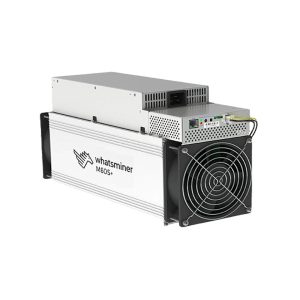
| Miner Hashrate | 204T/206T/208T |
|---|---|
| Power Ratio | 17 J/T ± 5 % @ 25 °C |
| Hashrate | 190 T – 210 T ± 5 % |
| Weight | 11.5 kg (Net) |
| Size | 430 mm × 155 mm × 226 mm |
| Working Temperature | -5 °C – +35 °C |
| Air Flow | 350 CFM |
| Power On Wall | 3230 W – 3570 W ± 10 % |
Other Must-Haves
Clean, Stable Power: Think of your mining rig as a high-performance athlete—it needs a consistent, high-quality diet. Skimping on power with a flimsy circuit or unreliable grid is a surefire way to cook your investment. A good power supply is your first line of defense.
Taming the Heat: These machines don't just get warm; they generate an incredible amount of heat, more than a commercial oven running full-tilt. You'll need a solid plan to manage it. This could mean industrial-grade fans, a dedicated air conditioning unit, or for the serious miner, exploring liquid cooling solutions.
Managing the Roar: The sound of a mining farm isn't a gentle hum; it's a relentless, industrial-grade roar. If you're planning to operate anywhere near a living space (or neighbors you like), investing in proper sound-dampening materials is not a luxury—it's a necessity.
Step 3: Choosing Your Command Center: The Software
Your powerful hardware is just a collection of silicon and metal without the right software to guide it. This is the program that connects your rig to the blockchain and puts it to work. Here are the top contenders for 2025:
CGMiner: The seasoned veteran of the bunch. It's open-source, incredibly powerful, and offers deep customization for those who like to fine-tune every setting.
BFGMiner: A close relative of CGMiner, this one is a favorite for tinkerers. Its modular design lets you adapt its functionality, making it a versatile tool for specific setups.
EasyMiner: True to its name, this option provides a more visual, user-friendly interface. It’s a great launching point for those who are new to the scene and want to get up and running with less complexity.
Step 4: Strength in Numbers: Joining a Mining Pool
The days of mining a Bitcoin in your garage are long gone. For almost everyone, solo mining today is a bit like hoping to win the lottery. The smart and steady approach is to join a mining pool, where you combine your hashing power with thousands of others.
Why Pools Make Sense:
You trade the tiny chance of a huge, solo win for a consistent stream of smaller, predictable earnings. This shared approach dramatically reduces your risk and leverages a professional-grade infrastructure.
Leading Pools for 2025:
Foundry USA: A major global player known for its reliability and substantial share of the network's total power.
F2Pool: One of the original pools, it has built a long-standing reputation for trust and stability.
ViaBTC: A solid and transparent option that has served the community well for years.
Binance Pool: An excellent choice if you're already using the Binance ecosystem for trading and wallets, simplifying your workflow.
Yes, the pool takes a small percentage of your earnings as a fee, but think of it as paying for consistency and a dramatically higher chance of success.
Step 5: Your Digital Lifeline: Internet and Network
A mining rig with an unstable internet connection is like a sports car with no fuel—it looks impressive but goes nowhere. Ditch that old, unreliable router.
What to look for:
A Rock-Solid Connection: A broadband connection with high uptime is essential. Fiber-optic is ideal if it's available in your area.
Low Latency: Speed is one thing, but a quick response time (low ping) to the mining pool server is critical. Every millisecond counts in communicating new work.
Have a Backup Plan: If you're truly committed, consider an Uninterruptible Power Supply (UPS) for your modem/router and even a backup internet connection from a different provider. This ensures you stay online through minor outages.
Is Bitcoin Mining Still Profitable in 2025?
This is the question on everyone's mind. The short answer is yes, but the path to profitability has narrowed. You can succeed if you:
Have access to electricity rates that are well below the national average.
Invest in the most efficient, modern ASIC hardware available.
Meticulously manage your cooling solutions and equipment uptime.
Are a member of a reputable and efficient mining pool.
The profit margins are slimmer than in the early days. This isn't a lottery ticket; it's a calculated business venture with significant startup costs and ongoing operational expenses.
Related Article: Is Bitcoin Mining Still Profitable in 2025?
FAQs
Q1: Is GPU mining for Bitcoin still viable in 2025?
Unfortunately, no. The computational demands are so high that even the most powerful consumer graphics cards can't compete. Dedicated ASIC miners are the only realistic option.
Q2: What's the realistic startup cost to begin?
For a single, modern ASIC rig, expect an initial investment between $3,000 and $7,000. This doesn't include the ongoing costs for electricity, cooling, and potential maintenance.
Q3: What about cloud mining services?
Proceed with extreme caution. While legitimate services exist, the space is riddled with scams. If you explore this route, only consider well-established, thoroughly vetted providers with transparent operations.
Q4: How long would it take to mine a full Bitcoin?
As an individual, mining an entire Bitcoin by yourself is practically impossible. Within a pool, you'll earn small, frequent fractions of a Bitcoin. The time it takes to accumulate the equivalent of one whole coin depends entirely on your hardware's contribution and the pool's success.
Q5: Has mining become more environmentally friendly?
The industry is evolving. While the energy consumption is still significant, a major shift is underway. Miners are increasingly powered by renewable sources, and advanced cooling techniques are improving efficiency, helping to lower the overall carbon footprint.
Wrapping Up
So, what does it take to mine Bitcoin in 2025? It's a sophisticated endeavor that blends high-tech hardware, specialized software, and smart business strategy. The barrier to entry is higher, and the competition is fierce, but that doesn't mean the door is closed. With a carefully planned setup—prioritizing energy efficiency, robust cooling, and a collaborative pool strategy—you can still participate and profit in the dynamic world of Bitcoin mining.
